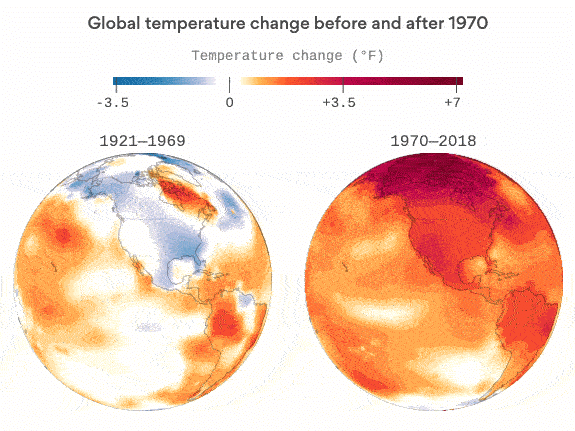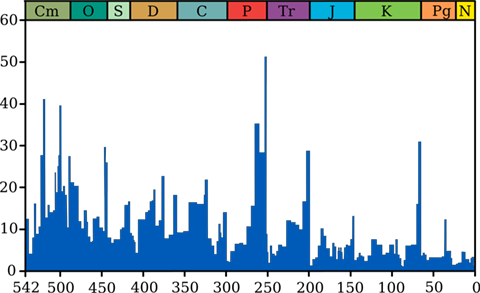
WEDNESDAY, JUNE 15, 2016

Bio 101
Pathway to Humans
Eric Lee, A-SOCIATED PRESS
TOPICS: FROM SCIENTISTS, FROM THE WIRES, FUTURE ISSUES
Abstract: Some say we are presiding over the sixth mass extinction event, but others count nine. Either way we have become a pathogen on the face of the earth.
TUCSON (A-P) — In short:
- Abiotic organic resources left over from solar system formation serve as potential energy source.
- Via unknown pathway, chemical entities catabolise organic matter for energy and become self-replicating.
- Biotic entities evolve into diverse anaerobes able to use iron, sulfur and other elements and compounds as electron acceptors for energy.
- Photons are consumed by cyanobateria for energy, with oxygen as a waste product leading to Mass Extinction Event I where anaerobes die off in oxygenated areas such as oceans.
- Aerobes evolve to use oxygen as energy source.
- Prokaryotes evolve into a community of mutualists living within a cell membrane to become eukaryotes having a nucleus.
- Eukaryotes evolve into multicellular organisms; some reproduce sexually.
- Kingdom Animalia emerges, and some survive the Ediacaran Mass Extinction Event II, possibly associated with meteorite impacts or ecosystem changes by early metazoans with oxygen drop (50% despeciation).
- Cambrian explosion in diversity, marine organisms capture carbon dioxide, levels drop as limestone deposits form causing global cooling and deoygenation resulting in late Cambrian Mass Extinction Event III (40% despeciation); some chordates survive.
- Some vertebrates survive the Ordovician Mass Extinction Event IV (85% despeciation) caused by global cooling and glaciation possibly associated with the uplifting Appalachian Mountains where weathering caused a significant and rapid draw down of CO2 or perhaps by a solar gamma ray burst destroying the ozone layer.
- Some tetrapods survive the Devonian Mass Extinction Event V (80% despeciation), possibly related to the expansion of terrestrial plants that used and sequester carbon dioxide decreasing the amount in the atmosphere, or meteorites, volcanism or both.
 Some terrestrial tetrapods survive the Permian Mass Extinction Event VI (96% despeciation of marine species), likely caused by volcanic eruptions increasing carbon dioxide levels causing global warming or rapid warming .may have been caused by release of methane from clathrates. The 'great dying' resulted from rapid warming of around 10C (18F). Oceans lost around 80% of their oxygen, with parts of the seafloor becoming completely oxygen-free.
Some terrestrial tetrapods survive the Permian Mass Extinction Event VI (96% despeciation of marine species), likely caused by volcanic eruptions increasing carbon dioxide levels causing global warming or rapid warming .may have been caused by release of methane from clathrates. The 'great dying' resulted from rapid warming of around 10C (18F). Oceans lost around 80% of their oxygen, with parts of the seafloor becoming completely oxygen-free.- Some early mammals survive the Triassic Mass Extinction Event VII (80% marine and 35% terrestrial despeciation), likely caused by another bout of volcanic activity and global warming.
- Some early primates survive the late Cretaceous Mass Extinction Event VIII (78% despeciation), following meteor impact.
- Some humans may survive the Anthropocene Mass Extinction Event IX (?? despeciation) caused by planetary life-support system degradation secondary to technology enabled consumptive growth by hunter-gatherers (e.g. intentional burns, megafauna extinctions), agrarians, and fossil-fueled techno-industrial society. This event is also the First Mass Extermination Event of life on Earth by a carcinogenic species..
- Current rate of extinction is about 1,000 times greater than before Neolithic and rate is increasing. The pace of planetary biosphere destruction has not slowed. Extinction rate may be 10,000 times greater by the end of the twenty-first century. And then what?

For details: Human Origins in Deep Time.
